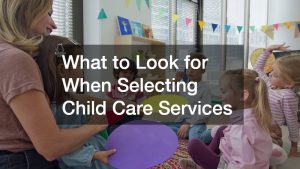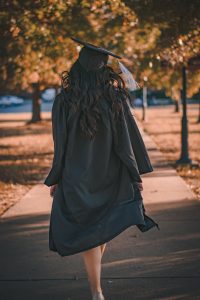- Incorporating art and music into classroom learning enhances the learning experience, helps students express themselves creatively, and encourages critical thinking.
- Assigning open-ended activities and encouraging students to sketch concepts are two ways of using art in the classroom.
- Partnering with music schools or creating music videos can help teach interactive lessons that involve sounds.
- Music can also be used to teach language through singing and writing lyrics.
- Research shows that music and art have effects in other domains, such as improving memory retention, spatial and visual skills, and language fluency.
As a teacher, keeping students engaged and motivated in the classroom every day can be a challenge. While traditional methods such as lectures and textbooks have their value, it’s important to consider alternative approaches that can enhance the learning experience. Art and music are two mediums that can help students explore their creativity, express themselves, and learn new skills. Here are the benefits of incorporating these two into classroom learning and some practical tips that you can use in your own teaching practice.
Encourage Creativity & Individuality Through Art
By incorporating art into your lessons, you create opportunities for students to express themselves in different ways. It encourages critical thinking and teaches them how to use creative problem-solving skills. Here are some ways you can use art in your classes:
Assigning Open-ended Activities
Assigning open-ended activities that require creative problem-solving skills is a great way to get students to think outside the box. These activities can be tailored for different age groups depending on the subject matter.
For example, when learning about Ancient Greece, have students create their own mythological creatures or recreate famous sculptures. When teaching math, have students make a mural of fractions or draw their own graph.
Encouraging Students to Sketch Concepts
Encouraging students to sketch concepts is another way to use art in the classroom. Drawing diagrams and illustrations can help students understand complex concepts more easily than just reading or listening to a lecture. You can also have them create their own visual representations of what they’ve learned, such as creating an infographic about a chapter in history or drawing out the parts of a plant cell.
Creating a Classroom Art Installation
Creating a classroom art installation is a great way to get students excited about learning. Have them work together to create an artwork that reflects their understanding of the topic you’re teaching. This can be anything from a mural to an interactive sculpture, and it’s a great way for students to see how they can use art to demonstrate their knowledge.

Make Learning Music Engaging and Fun
Adding music to your lessons can make the experience more engaging and fun. Interactive lessons that involve sounds will keep students interested and attentive. Here’s how you can help them enhance their skill sets through music:
Partnering With Music Schools
Music schools are an excellent resource for teachers looking to incorporate music into their lessons. Partner with professional instructors who can teach fun music lessons for kids and show them how to play instruments, read and write sheet music, and practice improvisation. With the help of these instructors, students will learn how to express themselves through music in a creative and engaging way.
Creating Music Videos
Creating music videos is another fun way to get students involved in music learning. Have them create a video that summarizes or visualizes the concepts you’re teaching, such as creating a rap about fractions or a song about the circulatory system. This can be done with whatever materials they have available, from simple paper and markers to digital tools.
Using Music To Teach Language
Using music to teach language is also an effective method for engaging students. Have them learn a language through singing and writing lyrics. You can start with simple nursery rhymes and then move on to more complex topics such as grammar and verb conjugation. This will help them understand the structure of a language while having fun at the same time.

Effects in Other Domains
Art and music can support students in other learning domains, like language and math. Studies have shown that exposure to the arts can improve language fluency, spatial and visual skills, and memory retention.
Research also shows that learning music has a positive effect on the brain’s development and can lead to higher scores on standard tests in math, reading, and even IQ. The benefits that come with art and music integration in your lessons help your students develop a holistic approach to learning.
Collaborative art and music activities in the classroom can also help build social interaction and emotional development. Working together as a group to create something can help students learn how to communicate, share and work in a team, building confidence and self-esteem.
Incorporating art and music into the classroom environment can be a great opportunity for teachers to promote creativity and individuality, make learning engaging and fun, boost learning in other domains, enhance social and emotional skills, and practice practical tips for the teaching of all subjects. Remember, these subjects not only bring joy into the classroom, but they create a fun atmosphere for learning. Using media to teach different subjects builds a well-rounded curriculum for educators while creating a fun environment that students will look forward to coming to.
















